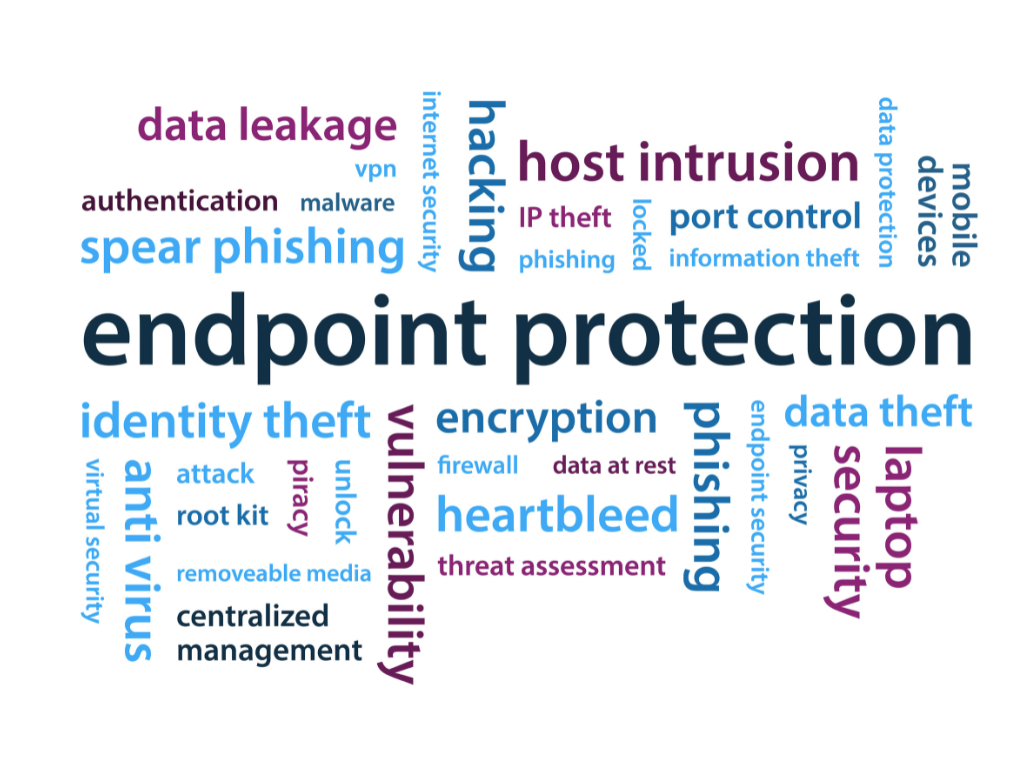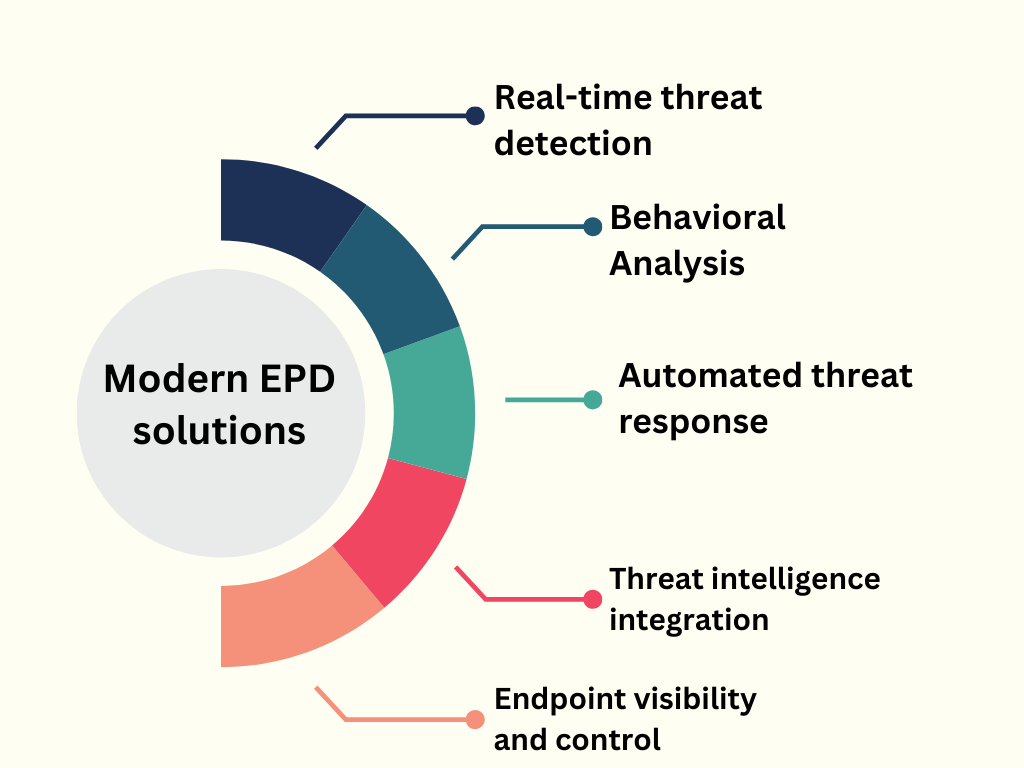8 Essential Tools for Powerful Endpoint Protection and Detection
As cyber threats become more sophisticated, endpoint protection and detection tools have evolved to safeguard businesses from advanced attacks. These tools provide a critical layer of security, protecting devices such as laptops, desktops, mobile phones, and servers from malware, ransomware, phishing, and other cyber threats. In this blog, we will explore the top tools for endpoint protection and detection, highlighting their features, benefits, and why they are essential in today’s cybersecurity landscape.

Table of Contents
- Introduction to Endpoint Protection and Detection
- What is Endpoint Protection and Detection?
- Top Tools for Endpoint Protection and Detection
- CrowdStrike Falcon
- SentinelOne
- Symantec Endpoint Protection (SEP)
- Microsoft Defender for Endpoint
- Carbon Black Cloud
- McAfee Endpoint Security
- Trend Micro Apex One
- Kaspersky Endpoint Security
- Conclusion
What is Endpoint Protection and Detection?
Endpoint Protection and Detection (EPD) refers to security solutions designed to protect endpoints from cyber threats. These tools go beyond traditional antivirus software by incorporating advanced threat detection, behavioral analysis, and real-time monitoring to prevent, detect, and respond to security incidents.
Modern EPD solutions offer features such as:

- Real-time threat detection
- Behavioral analysis
- Automated threat response
- Threat intelligence integration
- Endpoint visibility and control
Let’s dive into some of the top tools available for endpoint protection and detection.
1. CrowdStrike Falcon
CrowdStrike Falcon is a cloud-native endpoint protection platform that leverages artificial intelligence (AI) and machine learning (ML) to detect and prevent threats in real time.
https://www.crowdstrike.com/platform/
Key Features:
- Next-generation antivirus (NGAV)
- Endpoint detection and response (EDR)
- Threat intelligence integration
- Behavioral analysis and machine learning
- Managed threat hunting services
Pros:
- Cloud-based and lightweight
- Real-time threat detection
- Excellent scalability
Cons:
- Pricing can be high for small businesses
Best For:
Large enterprises and organizations seeking comprehensive EDR solutions.
2. SentinelOne
SentinelOne is an autonomous endpoint protection platform that combines prevention, detection, response, and remediation capabilities in a single solution.
Key Features:
- Behavioral AI for threat detection
- Automated remediation and rollback
- Endpoint visibility and control
- Cloud and on-premises deployment options
Pros:
- Automated threat response
- Comprehensive visibility
- Easy to deploy and manage
Cons:
- Advanced features require additional licensing
Best For:
Businesses of all sizes looking for automated endpoint protection.
3. Symantec Endpoint Protection (SEP)
Symantec Endpoint Protection is a widely used solution that offers protection against malware, ransomware, and zero-day exploits.
Key Features:
- Advanced machine learning and AI
- Intrusion prevention system (IPS)
- Network threat protection
- Device control and encryption
Pros:
- Robust threat detection
- Easy integration with existing infrastructure
- Detailed reporting and analytics
Cons:
- Resource-intensive
Best For:
Organizations with existing Symantec infrastructure.
4. Microsoft Defender for Endpoint
Microsoft Defender for Endpoint is a comprehensive endpoint security solution that integrates seamlessly with the Microsoft ecosystem.
Key Features:
- Advanced threat detection and response
- Threat and vulnerability management
- Automated investigation and remediation
- Integration with Microsoft 365
Pros:
- Native integration with Windows systems
- Cost-effective for Microsoft users
- Continuous threat monitoring
Cons:
- Limited cross-platform support
Best For:
Businesses using Microsoft products and services.
5. Carbon Black Cloud
VMware Carbon Black Cloud provides endpoint protection and workload security with a focus on behavioral analytics and threat hunting.
Key Features:
- Next-gen antivirus and EDR
- Behavioral threat detection
- Incident response and threat hunting
- Cloud-native architecture
Pros:
- Strong threat hunting capabilities
- Comprehensive endpoint visibility
- Effective for threat prevention
Cons:
- Learning curve for new users
Best For:
Security teams looking for proactive threat hunting tools.
6. McAfee Endpoint Security
McAfee Endpoint Security provides a unified platform for preventing and responding to cyber threats across all endpoints.
Key Features:
- Machine learning-based threat detection
- Advanced threat defense
- Web and email protection
- Centralized management
Pros:
- Comprehensive threat protection
- Easy to manage through a centralized console
- Strong web and email security features
Cons:
- Can be resource-intensive
Best For:
Medium to large organizations seeking a robust endpoint security solution.
7. Trend Micro Apex One
Trend Micro Apex One offers endpoint protection with automated detection and response capabilities.
Key Features:
- Automated threat detection and response
- Machine learning and behavioral analysis
- Vulnerability protection
- Centralized management console
Pros:
- Strong threat detection
- Automated response reduces manual intervention
- Comprehensive reporting tools
Cons:
- Complex configuration for some features
Best For:
Organizations seeking a balance between automation and control.
8. Kaspersky Endpoint Security
Kaspersky Endpoint Security provides multi-layered protection with advanced threat detection and management features.
Key Features:
- Next-gen antivirus
- EDR capabilities
- Vulnerability management
- Encryption and device control
Pros:
- Strong malware detection
- Comprehensive feature set
- Affordable pricing
Cons:
- Concerns about geopolitical risks
Best For:
Small to medium businesses looking for a cost-effective solution.
Conclusion
Choosing the right endpoint protection and detection tool is essential for safeguarding your organization’s digital assets. While all the tools mentioned above provide robust security features, the choice depends on your organization’s size, budget, and specific security needs.
Investing in a reliable EPD solution helps prevent cyber threats, reduce incident response time, and ensure compliance with security regulations. As cyberattacks become more frequent and sophisticated, endpoint protection and detection tools are no longer a luxury but a necessity.






